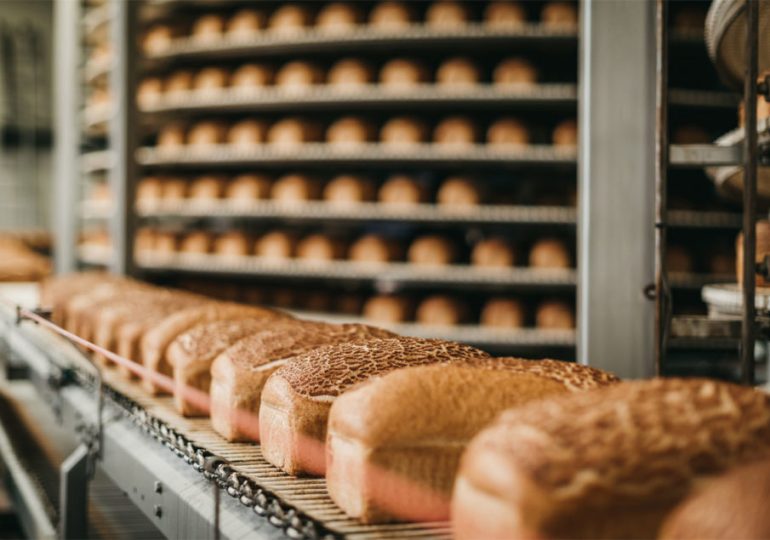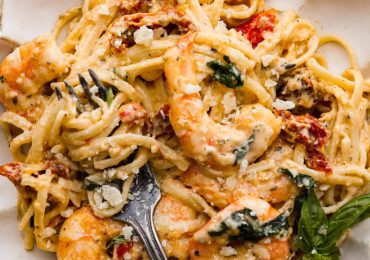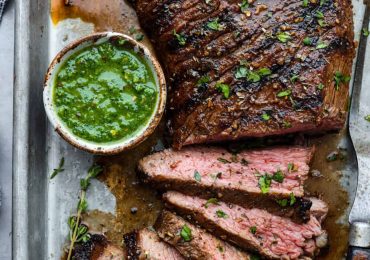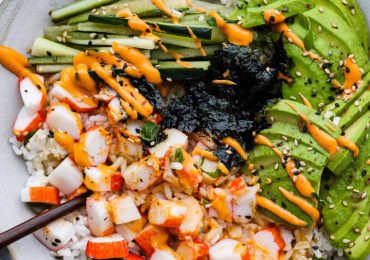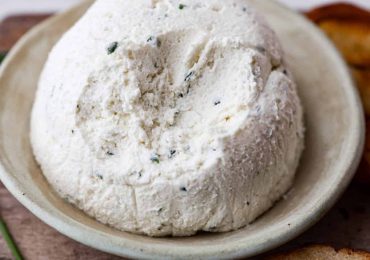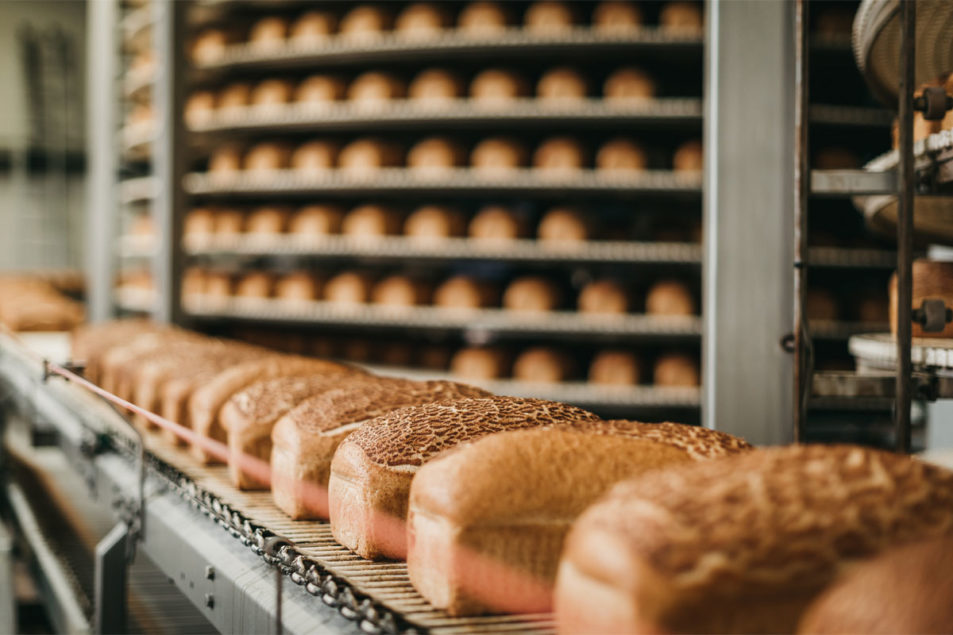
CHICAGO — The search for nutrient-dense foods to feed a growing global population is at full throttle. A consensus view holds that better use must be made of what grows on land and in water and taking better care of the planet is necessary. The sentiment is fueling innovation in the plant-based ingredients sector, with a focus on protein extraction and turning side streams into food for humans. Innovators in the space are focusing on the use of minimally processed fruits and vegetables, fungi and algae.
With this perspective has emerged as a view that ingredients and finished and beverage products must be as close to “direct from Mother Nature” as possible, because the phrase “processed food” attracts ever greater negative media attention. The trend is expected to intensify in 2024, according to the Chicago-based market researcher Mintel International. The challenge is some form of processing is necessary to turn plants into edible ingredients and finished products.
“With the global population expected to reach nearly 10 billion by 2050, the demand for safe, nutritious and accessible food will only continue to increase, as will the need to conserve natural resources,” said Bryan Hitchcock, chief science and technology officer, Institute of Food Technologists, Chicago. “Processing technology can help bridge the gap between these two necessities.”
Advances in food processing over the past decade have resulted in the array of plant proteins and fortificants in the formulators’ ingredient toolbox. Some of the early options — of both ingredients and applications — fit into what is being described as “highly processed.” It is why food scientists continue to explore new minimal processing technologies to make plant-based ingredients a cleaner-label ingredient option for food and beverage innovation.
Mintel research shows consumers are becoming more aware of different levels of processing through media reports, regulations and voluntary on-pack labels. Moving forward, Mintel suggests consumers may show interest in minimally processed products that focus on the positive aspects of food processing techniques, such as enhancing nutrition, inhibiting contaminant formation and improving sustainability. Mintel calls the trend “trust the process.”
Upcycling is an example of a potential “trusted process” consumers understand and embrace. Upcycled plant-based ingredients use the skins, seeds and cellulose components of plants that consumers don’t want to eat. Natural colors extracted from fruits and vegetables, for example, yield a side stream that may be upcycled into nutrient-dense ingredients. Some parts (stems, leaves) of the fruit or vegetable planned for food manufacturing may be discarded for aesthetic purposes, while some produce items do not even make it into distribution because they are deemed “ugly.” Explaining this approach to consumers may help them appreciate the benefits of processing.
Quinoa, for example, is a pseudocereal crop grown for its edible seeds, which are rich in protein, dietary fiber and B vitamins. After the seeds are harvested, the remaining parts of the plant are discarded. Researchers at the Agri-Food Technology Institute of Extremadura, Badajoz, Spain, are exploring human use of the side stream. They published their findings, “Nutritional composition of quinoa leafy greens: an underutilized plant-based food with the potential of contributing to current dietary trends,” on Dec. 17, 2023, in Food Research International.
“A function of the department is to offer new alternatives for the use of byproducts of the agri-food industry for the production of new functional and healthy products,” said Maria Jose Rodriguez Gomez, research coordinator of the vegetables division. “We evaluated the nutritional composition of the leafy greens of three quinoa varieties and found them to be about 35% protein with a well-balanced essential amino acid profile, making them a good source of vegetable protein.
“In addition, they had elevated levels of dietary fiber and minerals, as compared to quinoa seeds and other leafy vegetables. Overall, this study shows that quinoa leafy greens are a promising nutritious and functional plant-based food.”
FutureCeuticals, Momence, Ill., now offers a functional ingredient that contains 50% soluble and insoluble dietary fiber from upcycled apples, carrots, blueberries, cranberries and spinach. The ingredient delivers plant-based, intact dietary fiber and polyphenols to the gut. The fiber-bound polyphenols, once inside the gut, are released slowly and act as antioxidants to promote gut health.
The company also offers an ingredient made from the cascara, or skin of the coffee fruit. Historically cascara has been part of the waste stream of the coffee production process. When the cascara is discarded, it decomposes and creates harmful mycotoxins released into the environment. FutureCeuticals created a sustainable solution that preserves the cascara and repurposes it for functional foods and beverages.
The Spare Foods Co., New York, has developed Spare Starter for the foodservice industry, with plans to expand into retail. Spare Starter is a value-added culinary ingredient formulated from six vegetables and a proprietary spice blend. It includes parts of vegetables, such as leaves and stalks, which are nutritious but more typically trimmed and discarded.
The Supplant Co., New York, is producing more sustainable ingredients from the “forgotten half of the harvest.” The company uses the fiber-rich parts of plants that don’t typically make it into food to create sugars from fiber, which are said to cook, bake and caramelize like traditional sugar. The ingredient has fewer calories than cane sugar, a low glycemic response and the benefits of a prebiotic.
The company also has a “grain and stalk flour,” that is from both the grain and stalk of the wheat plant, with the latter usually going to ruminant animal feed. The flour performs in baked foods, pasta and other flour-based products, maintaining texture and taste while offering fewer calories and more than six times the fiber of regular wheat flour, according to the company.
Seeductive Foods, Jacksonville, Fla., produces clean label vegan cheeses formulated from regenerative hemp and upcycled pumpkin seeds. They are free from added gums, starches and tropical oils that are often found in plant-based cheese alternatives and rely on vegan lactic acid bacteria to produce a cheese-like flavor.
Replacing chemicals with plants
Some emerging plant-based ingredients provide functions to food and beverage systems that previously came from chemical-sounding ingredients. Florida Food Products LLC, Lake Mary, Fla., offers a rice bran extract ingredient to replace starches, gums, phosphates and carrageenan in meat and alternative meat products. It enhances juiciness, flavor and texture, while keeping labels clean, according to the company.
“Rice bran naturally contains inositol phosphates, the plant storage form of phosphate,” said Jason Reicks, vice president of market development. “We optimized the utilization of this product to create a natural functional ingredient that allows manufacturers to ditch undesirable ingredients and create a new generation of clean label products.”
Chinova Bioworks, Fredericton, New Brunswick, upcycles the stems of white button mushrooms into a preservative that may be added to select foods. The ingredient has broad-spectrum protection and is effective at inhibiting growth of bacteria, yeast and mold, the company said.
“The process is similar to how most plant fibers are naturally extracted,” said Natasha Dhayagude, chief executive officer. “It involves drying the mushrooms, grinding them and then using heat and water to purify the fiber from the stems. The minimal and eco-friendly processing helps deliver a natural mushroom fiber that improves the finished product’s quality, freshness and shelf life.”
Looking out to sea
While oceans are one of the most regenerative food systems on earth, they often are overlooked as being part of the food system. That notion is changing. Many sea-grown plants are sources of complete proteins, vitamins, minerals and other nutrients, including omega-three fatty acids.
Kelp, for example, lends a meaty density to prepared meals when used in small amounts. It is also a flavor-building tool that provides salinity and rich umami notes.
Atlantic Sea Farms, Portland, Maine, uses sustainably grown kelp in its Sea-Veggie Burgers, which come in basil pesto and ginger sesame varieties. Kelp is the No. 1 ingredient in the vegan, gluten-free frozen patties. They also contain chickpeas and pea protein, among other ingredients.
Brooklyn, NY-based Akua also has a kelp burger. Olive oil, cremini mushrooms, pea protein, black beans and quinoa are other key ingredients. Kelp and mushrooms bring umami to the burger, without a “fishy” taste, according to the company.
While scientifically not a plant, mycelium, the vegetative growth form of filamentous fungi, are characterized as being “plant” for the simple reason they are recognized as vegan. Mycelium are also on the fast track of being recognized as a nutrient-dense food to help address world hunger, promote health and support a regenerative food system, according to a paper published on Dec. 6, 2023, in the Journal of Agricultural and Food Chemistry. The research showed mycelium provides an opportunity for the development of nutrient-dense foods with desirable flavor and texture characteristics, said the lead author, Roberta Holt, associate professor, Department of Nutrition, University of California – Davis.
